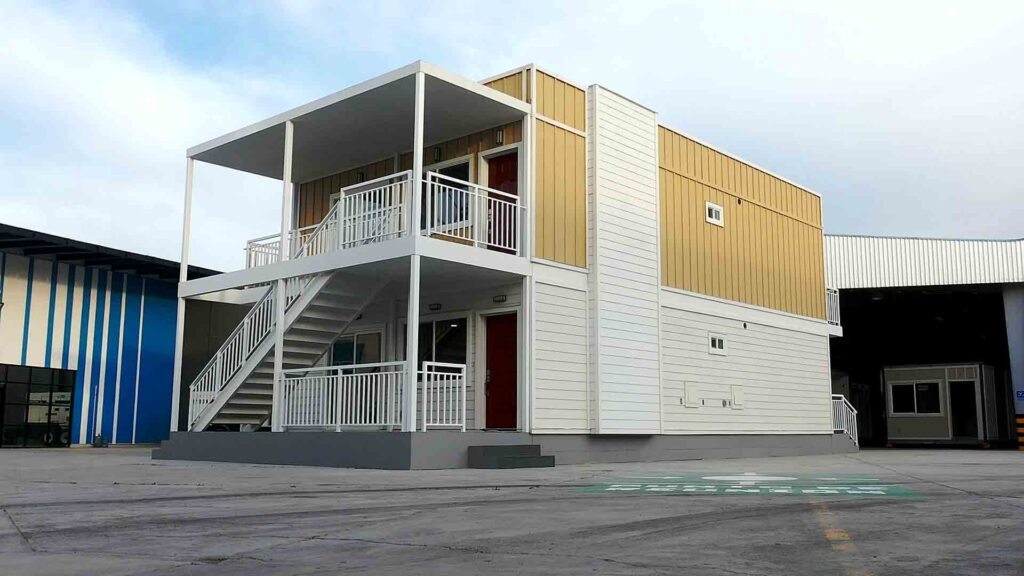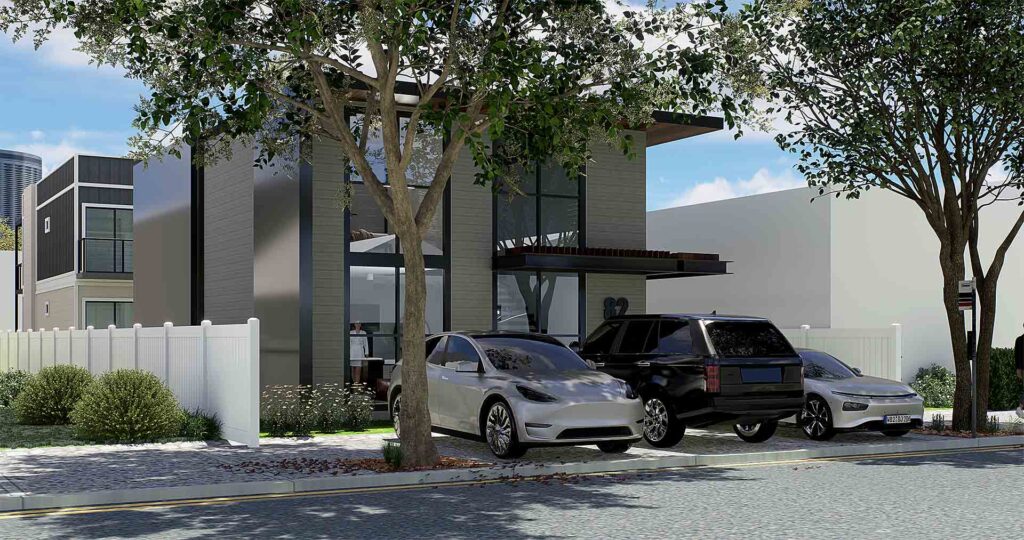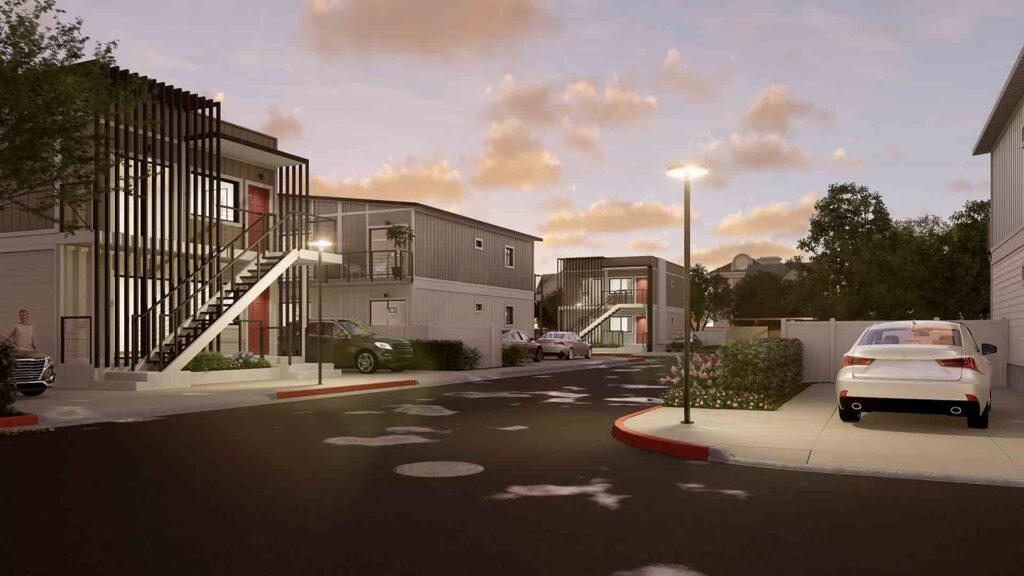How modular construction can address global housing shortages
Assessing the severity of the Housing Disaster
Housing, a basic human right, has become an elusive dream for billions worldwide. The statistics paint a stark picture: over 1.8 billion people worldwide grapple with inadequate housing. The United States is reeling from a shortage of 6.5 million homes. Homeownership rates reflect racial disparities and a staggering 31.8% of households bear the brunt of skyrocketing housing costs. The ripples of this crisis have led to heightened homelessness, societal unrest, and strained economies. In the face of such adversity, modular construction emerges as a beacon of hope.
The Emergence of Modular Construction
Historically, the construction industry has been slow to evolve, sticking to time-tested methods. However, in recent decades, technology and innovation have paved the way for modular construction—a process where homes are constructed in factories, section by section, and then assembled on-site.
What are Modular Homes?
These aren't the pre-fabricated homes of yesteryears. Modern modular homes, epitomized by companies like Connest, blend high performance with factory construction. Homes from Connest boast an 84% efficiency advantage over conventional homes, translating to cost savings of 30% over a home's lifetime.
Dissecting the Modular Advantage
To genuinely comprehend the potential of modular homes, we need to delve into their advantages over traditional construction.
Rapid Construction
Historical data suggests traditional homes take months, sometimes even years, to construct. In stark contrast, modular homes, especially from industry leaders like Connest, can be completed up to three times faster. This rapid turnaround is pivotal in addressing housing shortages.
Affordable Housing: A Global Imperative
The 2008 financial crisis underscored the vulnerabilities of the housing market, with millions facing foreclosures. The crisis spotlighted the need for affordable housing. Modular homes answer this call not just in terms of reduced construction costs but also long-term savings. Over the span of a century, homeowners can save a whopping 30% on expenses.
The term “affordable housing” transcends mere monetary implications; it signifies security, stability, and dignity. As housing costs skyrocket globally, the dream of owning a home is receding for countless individuals. With over 1.8 billion people lacking access to adequate housing and an anticipated global housing shortage of 3 billion by 2030, the urgency of affordable housing solutions cannot be overstated. Amidst rising prices, socio-economic disparities, and homelessness statistics that stir the conscience, modular homes present an opportunity to make quality housing accessible and affordable to the masses.
Modular Homes: Redefining Affordable Housing
Modular homes are not merely cost-effective alternatives; they represent an innovative, sustainable, and efficient approach to housing. Traditional construction methods, with their prolonged timelines and often unpredictable costs, exacerbate the housing affordability crisis. Modular homes, by contrast, leverage factory precision and economies of scale to drive down costs. Companies like Connest are spearheading this transformation, offering homes that are not only 30% less expensive over their lifespan but are also built in a fraction of the time. By turning the paradigm of construction on its head, modular homes are making the dream of affordable housing a tangible reality for millions.
Environmentally Conscious Living
Historical data has shown a surge in global temperatures over the last century, underscoring the need for sustainable living. Modular homes are pioneers in this space, with certifications like Title 24 Efficiency highlighting their reduced carbon footprint.
Pioneers of the Modular Revolution
Modular construction's promise is amplified by companies that relentlessly push boundaries. Connest, with its innovative approach, is at the forefront of this revolution.
The Connest Methodology
From conceptualization to completion, Connest’s approach is meticulous. Their state-of-the-art facilities are hubs of innovation, where individual building components are crafted with precision. The process includes crafting studs trusses and integrating steel superstructures. The end product? A home that stands as a testament to quality, sustainability, and luxury.
The Global Implications of Modular Housing
The adoption of modular construction isn’t just a trend—it’s a movement with global implications. For developing nations, it’s an avenue to rapidly provide affordable housing. For developed countries, it’s a way to address urbanization challenges, rising housing demands, and environmental concerns.
A Modular Tomorrow
The narratives of the 21st century will be defined by how we tackle pressing challenges like the housing crisis. Modular homes, combining affordability, speed, and eco-friendliness, present a formidable solution. As pioneers like Connest lead this charge, one thing is clear—the future of housing isn’t just modular; it’s revolutionary.
In essence, modular construction, backed by stalwarts like Connest, presents an opportunity to rewrite the narrative around housing. By blending efficiency, cost-effectiveness, and sustainability, we aren’t just building homes—we’re crafting a brighter, more inclusive future.










